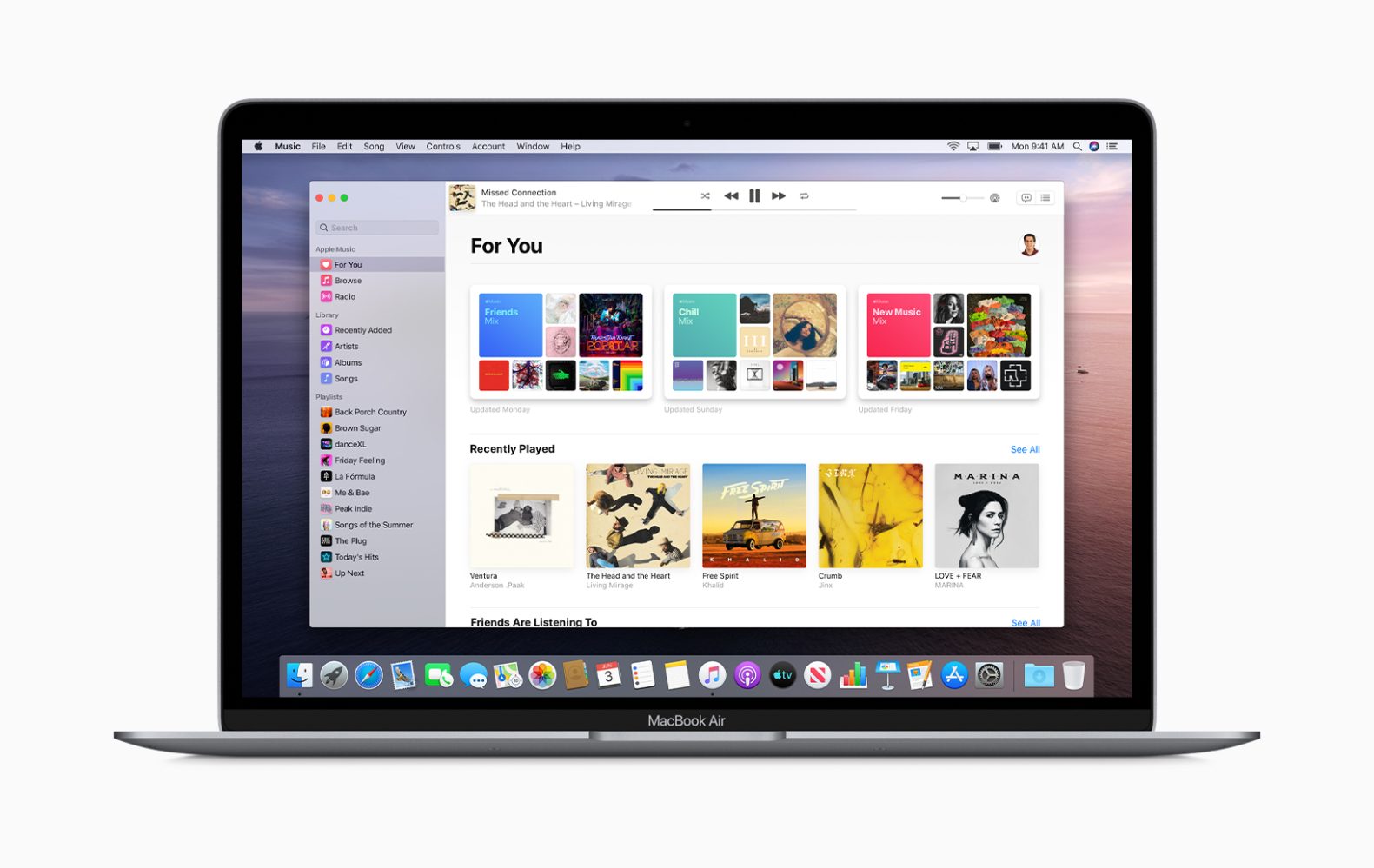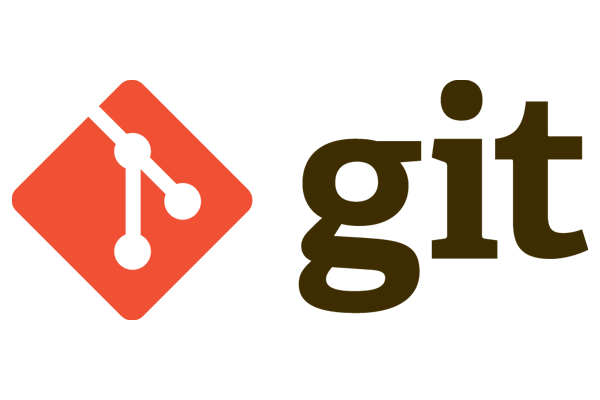This works for me with the recent update of MacOS to 10.9.5 and also of XCode to Version 6.0.1 (the update that includes iOS8 functionality.) I do all my development work in a standard user account, not in an administrative account. Here are the steps I needed to go through for Mojave: First xcode-select -reset. Next I needed to upgrade xcode tools to the latest version: sudo softwareupdate -ia -verbose (NB: this runs all available updates from the app store, there is a way to specify that you only want to update one app/program, but I don't know it off the top of my head). Download the latest Catalina Installer using the latest Catalina Patcher version. Some third-party applications do not open or crash on launch This is an issue Apple introduced in 10.15.4, and is not an issue with the patch itself.
- What Is The Latest Update For Macos Catalina
- How To Install Git On Macos Catalina
- Update Git Mac Catalina 2020
Setting Up A Database
What Is The Latest Update For Macos Catalina
We're going to install sqlite3 from homebrew because we can't use the built-in version with macOS Sierra without running into some troubles.
Rails ships with sqlite3 as the default database. Chances are you won't want to use it because it's stored as a simple file on disk. You'll probably want something more robust like MySQL or PostgreSQL.

There is a lot of documentation on both, so you can just pick one that seems like you'll be more comfortable with.
If you're new to Ruby on Rails or databases in general, I strongly recommend setting up PostgreSQL.
If you're coming from PHP, you may already be familiar with MySQL.

MySQL
You can install MySQL server and client from Homebrew:

How To Install Git On Macos Catalina
Once this command is finished, it gives you a couple commands to run. Follow the instructions and run them:
By default the mysql user is root with no password.

When you're finished, you can skip to the Final Steps.

PostgreSQL
You can install PostgreSQL server and client from Homebrew:
Update Git Mac Catalina 2020
Once this command is finished, it gives you a couple commands to run. Follow the instructions and run them:
By default the postgresql user is your current OS X username with no password. For example, my OS X user is named chris so I can login to postgresql with that username.